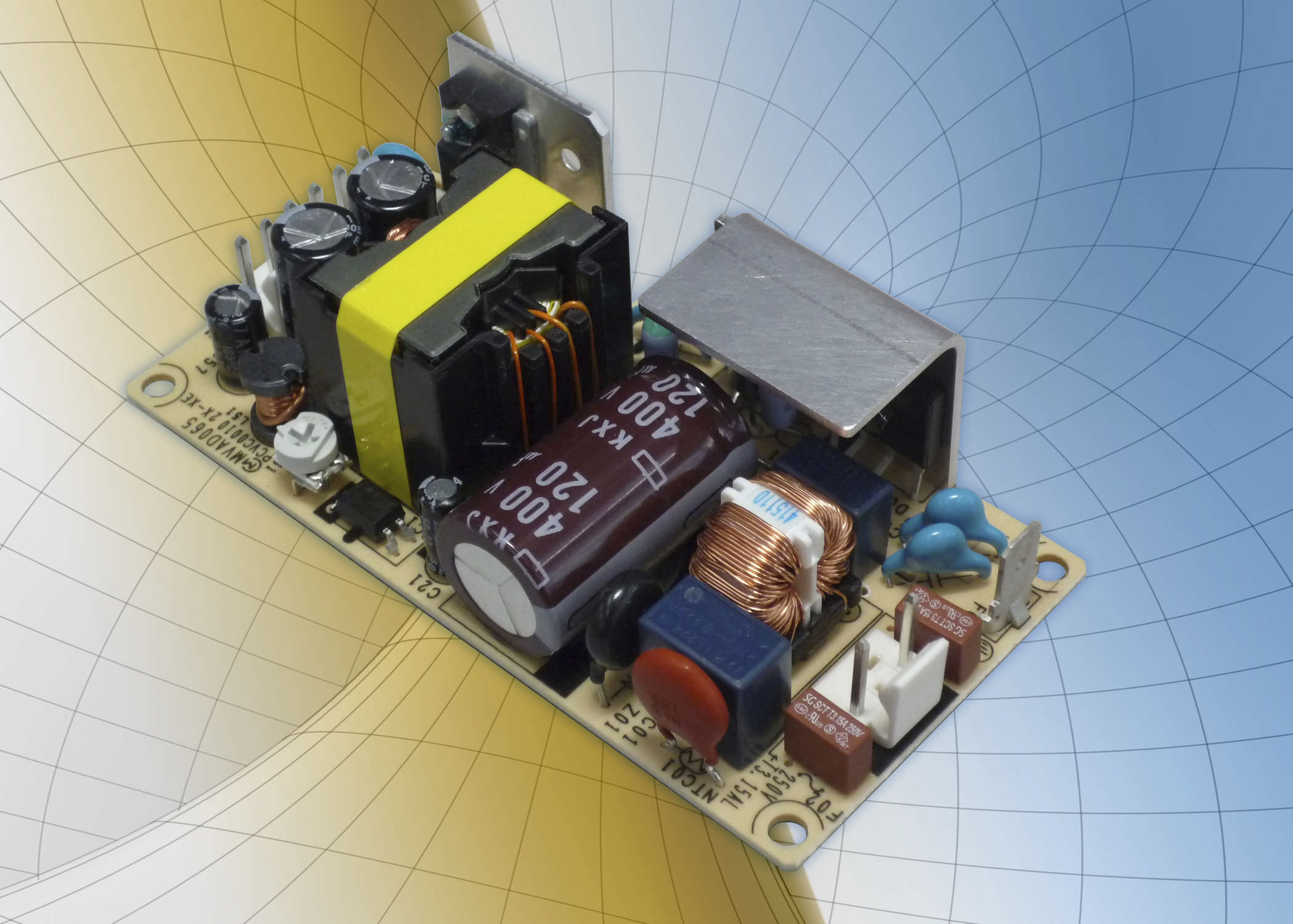From MRI machines and CT/PET scanners to patient monitors, ultrasound machines and more; the modern hospital is heavily reliant on high-tech medical equipment.
When we’re discussing equipment that is literally used to saved lives on a daily basis, finding the right power supply is of paramount importance. It’s also a task that should be approached with great care and with great caution, with special considerations made for the safety of both the patients and operators, as well as efficiency.
With the increasing environmental standards and legislation now surrounding medical equipment, there is a sea change inbound that will seriously impact large sections of the industry. So, it’s vital that preparations are made now to make sure no time and resources are being wasted on power supplies that will soon be outdated and/or unlawful.
Additional Resource: How do you Calibrate a Transducer?
The vast majority of modern medical equipment currently utilises switched-mode power supplies, which incorporate switching regulators to convert electrical power more efficiently. These supplies are more compact and efficient than older, linear power supplies, but they can generate electromagnetic interference which needs to be reduced by EMI suppression filters.
In the design of all medical equipment, the safety and comfort of the patient should take precedence over all other factors. This means that the power supplies used in many comparable industrial situations are simply not fit for purpose. The standards will differ depending on the application of the machine and how close it needs to get to patients to work effectively, of course, but generally speaking, a more elegant solution is required. Enter RF (radio frequency) power.
RF Power Delivery
The RF power supply products from XP Power are changing the game by providing cost-effective solutions that are not only powerful but are specifically tailored to work with high-end medical equipment. These supplies are so powerful and so flexible that they actively change the way the machines function, making them more reliable and more efficient.
RF power delivery uses a variable frequency RF power amplifier and a control system, which maintains RF power delivery using control signals derived from reference RF signals used by the RF power amplifier and measurements of a characteristic of the RF power. The magnitude of the delivered RF power is controlled using measurements of the power input to the RF power amplifier.
RF power delivery works by delivering power within a specific frequency range (in this case from 100W to 80kW with frequencies from 20kHz to 60MHz). This leads to less noise and a more reliable, safe and cost-effective power supply.
The wide-ranging applications of RF power are still being discovered. RF power supplies have been, for example, used as an alternative to steam assisted gravity drainage. The real beneficiaries of RF power supply technology, however, will be the doctors, surgeons and nurses of today and tomorrow.
